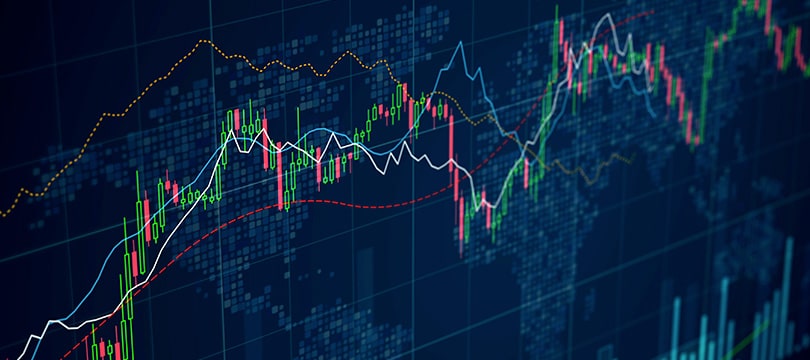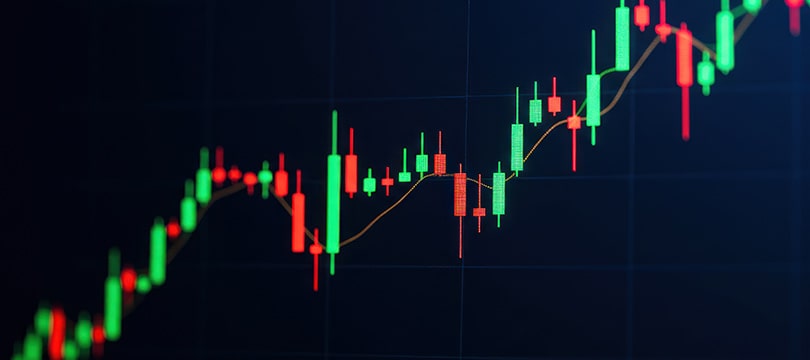Why it is important to operate with a trading system
A trading system is, as the name suggests, a system for trading. In other words, it is a set of rules and "protocols" that suggest:- The methods of analysis, as well as the related tools
- The methods for identifying entry and exit points
- The techniques for deciding the amount of investments from time to time
- The techniques for protecting against market risk
- The methods for reviewing and monitoring results




